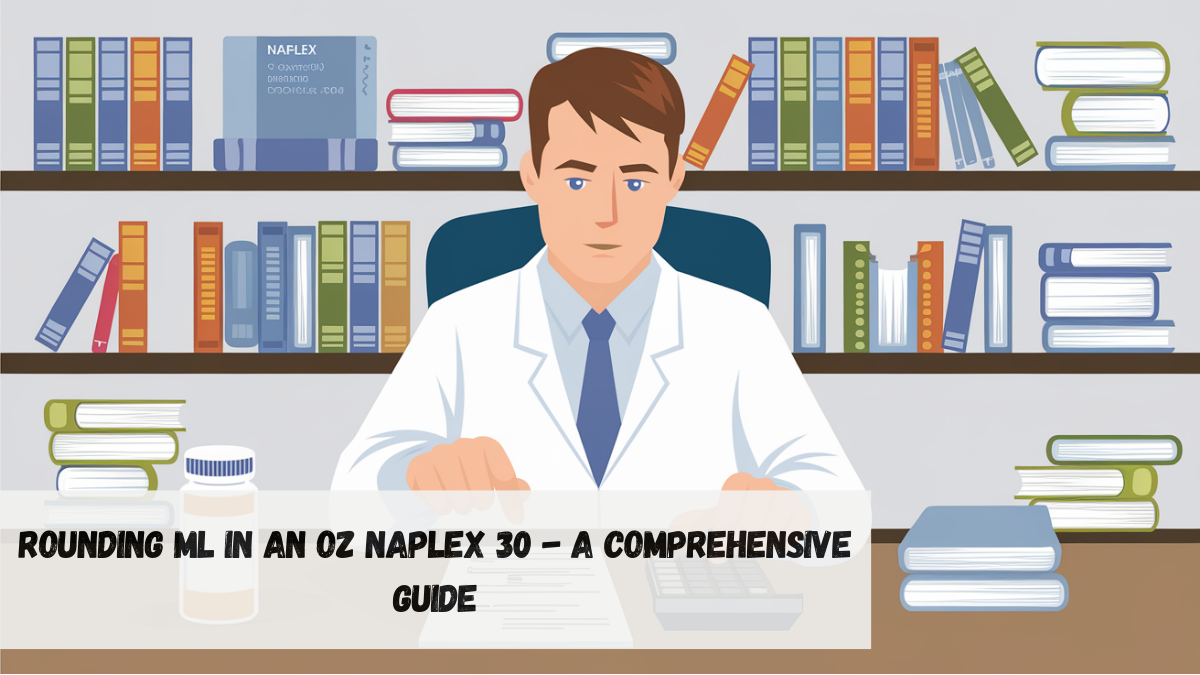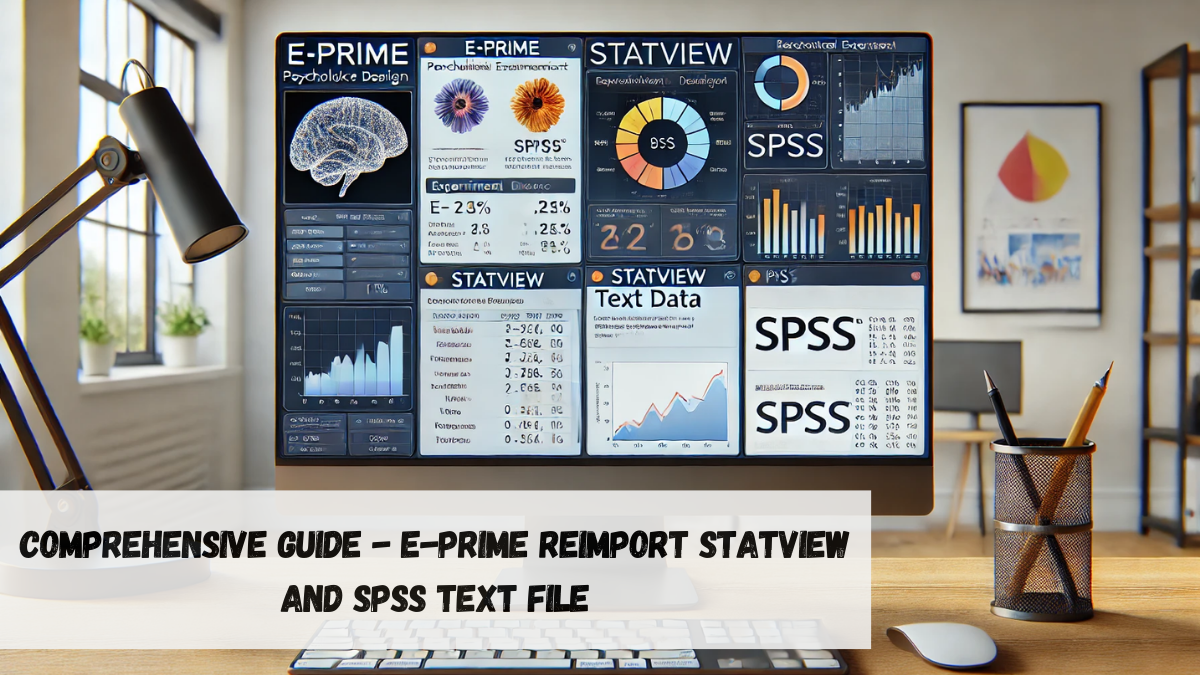Rounding measurements in medication dosing is a crucial skill for pharmacists and pharmacy technicians. Understanding how to convert milliliters (ml) to ounces (oz), and accurately rounding these numbers, is important for the safety and effectiveness of patient care. In the Naplex 30 exam, mastering such conversions can significantly improve your ability to provide accurate dosing recommendations.
“Rounding ml in an oz Naplex 30 involves converting milliliters to ounces, using 1 oz = 29.5735 ml, and rounding results accurately for medication dosing in the USA.”
This guide will walk you through everything you need to know about rounding ml in an oz Naplex 30, helping you ace your exam and apply this knowledge confidently in a pharmacy setting. We will discuss the conversion factors, rounding techniques, and practical examples while making it simple and easy to understand.
What is Rounding in Medication Dosing?
Rounding is the process of adjusting numbers to make them simpler, while still maintaining their value close to the original number. In medication dosing, it’s used to ensure that doses are safe and practical, especially when dealing with liquid medications where precise measurements are crucial.
For example, if a dose calls for 30 ml, but the syringe only measures in 5 ml increments, rounding the dose to the nearest measurement that can be easily administered ensures safety and convenience.
Why is Rounding Important in the Naplex 30 Exam?
In the Naplex 30 exam, which tests pharmacy knowledge and skills, accurately converting and rounding measurements like ml to oz is a common task. This is because many medications come in liquid form and require the conversion of milliliters to ounces, especially when communicating with patients in the United States where fluid ounces (oz) are more commonly understood than milliliters (ml).
Understanding the Conversion: Milliliters to Ounces
The first step in mastering rounding ml in an oz Naplex 30 is understanding the conversion between milliliters and ounces.
- 1 ounce (oz) = 29.5735 milliliters (ml)
So, when converting from milliliters to ounces, you divide the milliliters by 29.5735. When converting ounces to milliliters, you multiply the ounces by the same number.
Here are some common conversions for reference:
| Milliliters (ml) | Ounces (oz) |
|---|---|
| 1 ml | 0.034 oz |
| 5 ml | 0.169 oz |
| 15 ml | 0.507 oz |
| 30 ml | 1.014 oz |
Rounding Techniques for Milliliters to Ounces
Rounding Rules for Naplex 30
In the Naplex 30 exam, precision is key, but you will often be required to round to a certain number of decimal places. Common rounding rules are:
- If the digit after the place you’re rounding to is less than 5, round down.
- If the digit is 5 or more, round up.
For example, if you’re converting 30 ml to ounces:
- 30 ml = 1.014 oz
- Rounded to two decimal places: 1.01 oz
Practical Example for the Naplex Exam
Let’s say you need to convert 45 ml to ounces for a prescription. The calculation is:
- 45 ml ÷ 29.5735 = 1.521 oz
- Rounded to two decimal places: 1.52 oz
This rounded number is easier for patients to understand, especially when communicating with those who are unfamiliar with milliliters.
Applying Rounding in Patient Care
When working in a pharmacy, you’ll frequently convert ml to oz and use rounded values to provide patients with easier-to-understand measurements. Here’s how you can apply this knowledge practically:
Scenario 1: Liquid Medication for a Child
You receive a prescription for 150 ml of a medication, but the patient’s caregiver prefers measurements in ounces.
- Convert ml to oz:
150 ml ÷ 29.5735 = 5.072 oz - Round the number:
Rounded to two decimal places, the final dosage becomes 5.07 oz.
In this case, rounding makes it easier for the caregiver to administer the medication using common kitchen measuring tools.
Scenario 2: Adult Prescription in Fluid Ounces
An adult patient is prescribed 240 ml of a liquid medication. They are more familiar with ounces, so you need to convert the dosage.
- Convert ml to oz:
240 ml ÷ 29.5735 = 8.115 oz - Round the number:
Rounded to two decimal places: 8.12 oz.
This conversion and rounding process ensures the patient can take the correct dose without confusion.
Common Challenges in Rounding and Converting for Naplex 30
Challenge 1: Rounding Too Early
One common mistake is rounding too early in the calculation. For example, if you’re converting 85 ml to ounces:
- 85 ml ÷ 29.5735 = 2.874 oz
- Do not round prematurely. Only round when the calculation is complete.
This ensures accuracy, especially when working with higher stakes medications.
Challenge 2: Communicating Measurements
Some patients might find milliliters confusing. Explaining conversions using everyday terms (like teaspoons or tablespoons) or ounces helps bridge the gap, especially in the USA where ounces are more familiar.
Rounding ml in an oz Naplex 30: Key Takeaways
- 1 oz = 29.5735 ml: Always use this constant for conversions.
- Round sensibly: Don’t round too early and use proper techniques for safe dosing.
- Communicate clearly: Explain conversions in terms that are easy for patients to understand, especially for those unfamiliar with metric measurements.
FAQs on Rounding ml in an oz Naplex 30
1. What is the best way to convert ml to oz for Naplex 30?
The best way to convert is by dividing the number of milliliters by 29.5735. Round the result based on the required precision, typically to two decimal places.
2. How do I know when to round in Naplex calculations?
Only round after completing your calculations. Rounding too early can lead to inaccurate results.
3. What’s the easiest way to explain conversions to patients?
Use familiar terms like ounces, teaspoons, or tablespoons to help patients understand how much medication they should take.




